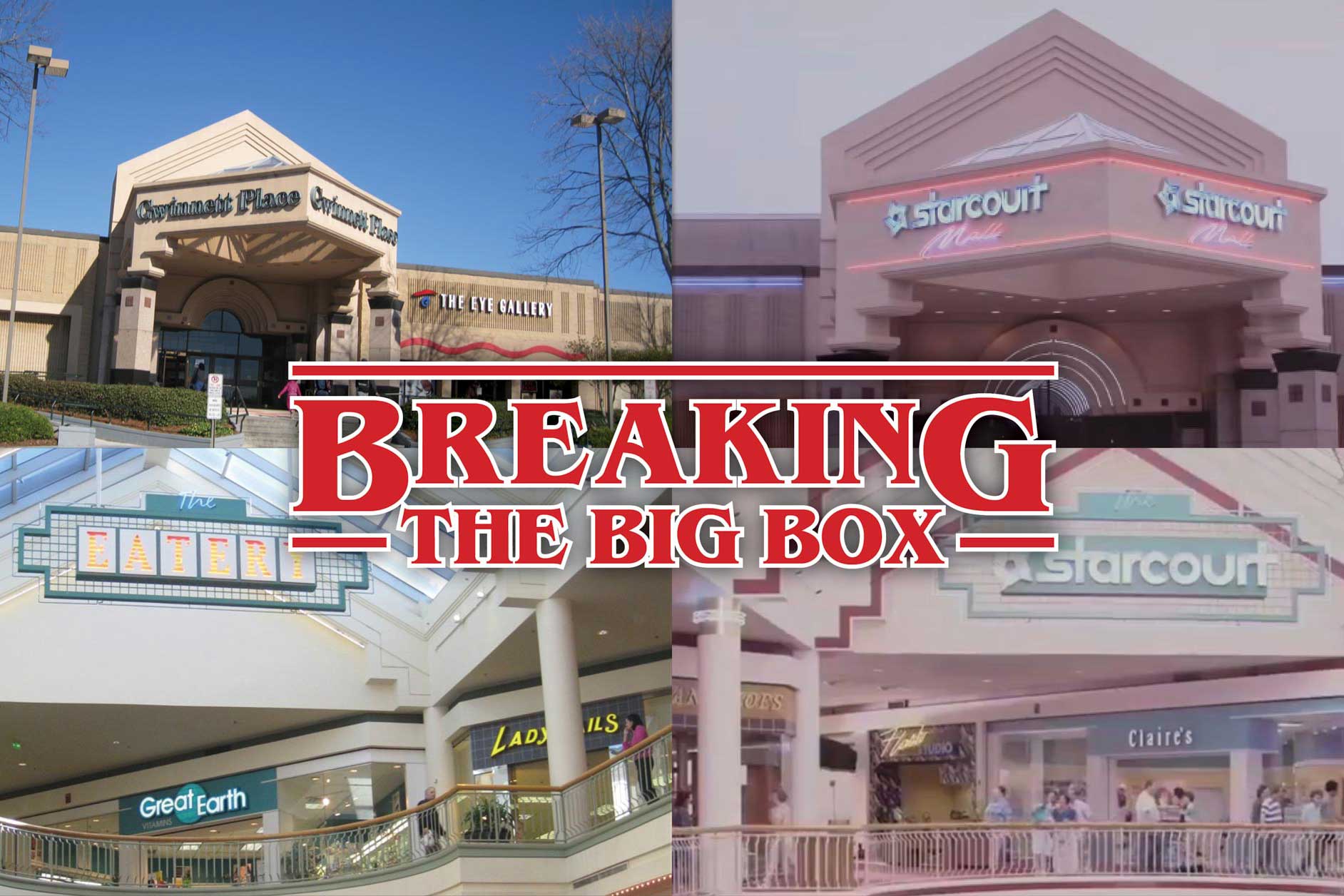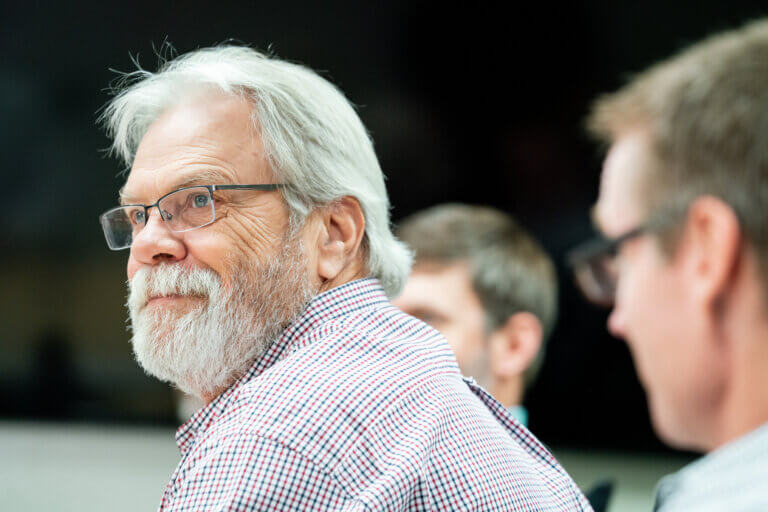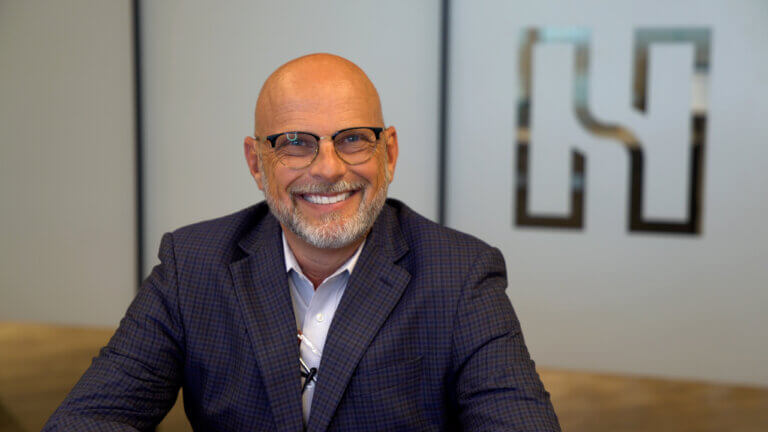
Have you seen Stranger Things season 3? We promise this isn’t a spoiler — but the local mall where the majority of the show is set is a real mall, built by Hoar Construction. We built Gwinnett Place Mall in Duluth, Georgia, near Atlanta, in 1984. The mall eventually closed and became one of the many “dead malls” across the country. But the production team from Stranger Things breathed new life into the abandoned mall, transforming it into Starcourt Mall — a brand new attraction for the people of Hawkins, Indiana.
Transforming an abandoned shopping center into the main set for a major TV production probably isn’t a realistic possibility for everyone, but finding other creative uses for abandoned assets definitely is. The vacant big-box store is an all too common sight in shopping centers across the country. A record-breaking 155 million square feet of space was closed by retailers last year. According to Business Insider, the closures haven’t slowed down in 2019 and most of them continue to be concentrated in big-box and department stores. The problem for retail developers is what to do when your anchor store shuts down? The empty building left behind is a valuable asset. Through adaptive reuse, the possibilities for its potential are limitless. For example, this article explores how a vacated Texas Walmart became the biggest single-story public library in the United States.
We, and many of our clients, see these empty retail spaces as opportunities to adapt the structure to a more attractive destination for shoppers. We’ve been fortunate to partner on many creative and innovative adaptive reuse projects that allow our clients to think outside the big box and increase the value of their asset.
Wondering what to do with your empty anchor store? Here’s some inspiration from two of our ongoing adaptive reuse retail projects.
Raise the Roof
The sky truly is the limit when it comes to adapting your big-box store into an entertainment venue. We recently applied this method at a mall in Wellington, Florida, where we successfully removed and raised the roof of a former department store 14 feet to renovate and repurpose the structure into a 10-screen, stadium-style movie theater.
We’re currently performing a similar process at a shopping center in the Florida panhandle. Our team is lifting the roof off an empty big-box store to renovate the space into a trampoline park — offering an attractive entertainment destination for families visiting the area. By lifting and preserving the existing roof, we’re able to create value in the budget while creating additional square footage vertically.
Less is More
Sometimes the solution to renovating a big box, is to make it smaller. That’s what we’re doing at an out-of-business big-box store in Birmingham, Alabama. The store sits in a highly-traveled outdoor shopping center. Our client’s main tenant is an outdoor and sporting goods retailer, and their stores are usually half the size of the 50,000 SF big box we are renovating.
To maximize the value of the structure, we are renovating the big box to have multiple store fronts and spaces for the outdoor retailer and additional tenants. This project plan not only provides multiple leasable spaces for our client, it gives them the opportunity to bring multiple new tenants to an already flourishing shopping center.
Both of these projects involved empty stores that were already in the right location — existing shopping centers with plenty of visibility and foot traffic. We were able to work with our clients to capitalize on their location, by renovating their existing asset to attract a whole new client base. On your next adaptive reuse retail project, think outside the big box. Hire a contractor and design team who can find a creative solution to adapt your existing structure into a profitable, exciting destination.

